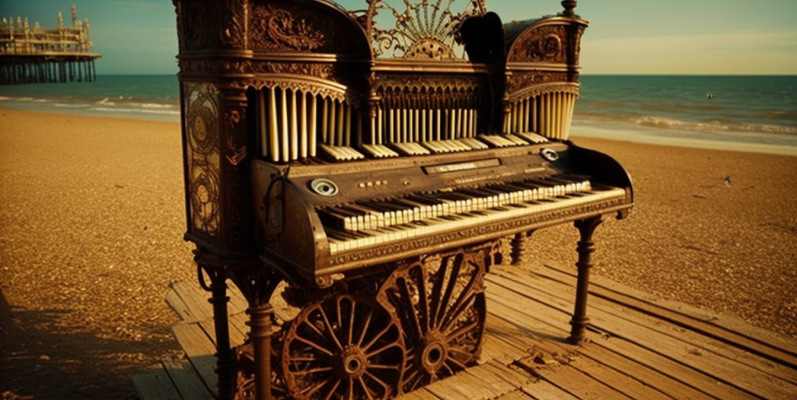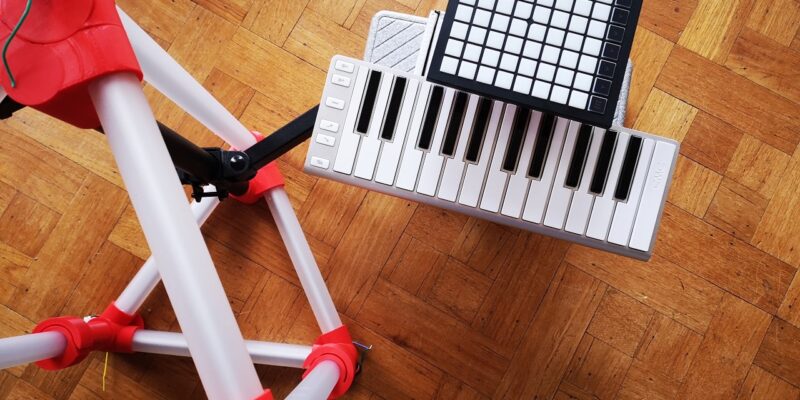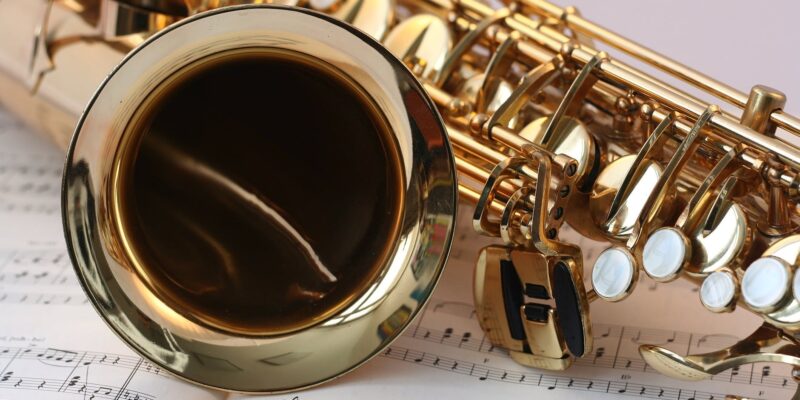Must be time for version 3: this could be the final one, but don’t hold your breath.
The rabbit is a symbol of prosperity but if ever one was serious about becoming successful, one wouldn’t be inventing variations on the accordion. There are 3 areas that I am playing around with at the moment, although through the latter part of 2022, I became more serious about improving my actual accordion and vocal skills and now have a live set that I have been intimidating audiences with. Along with percussionist Andy Fraser, we are creating a very full sound in a very small space – you can wedge an accordion and cajon in almost anywhere!
And talking of cajons, I have a preliminary design for a tunable drum that is also based on wrist movement – put simply, one or two playing surfaces are moved out in front on wrists (as per the Novakordo) and attached to the main box via a duct. Chambers in the main box will have ports so the effective volume (and hence) pitch of the box can vary – bongos and tables rolled into one!
On the NovaKordo front, there are 3 main areas that I am working on. First, is an upgrade to the differential wrist. Whilst version 1, surprisingly worked ok, I felt that the belts (known as T2 and found widely in 3D printers – hence being cheap) would be too flimsy for playing live. With too much pressure the belts could be made to slip over the teeth of the gears.

There is a more robust belt that is common in robotics (T5), and I have considered a rebuild with these, but I think there is an easier way. With the belt system, it is possible to rotate the top part 360 degrees or more. In practice, the keyboard assembly will only turn through about 120 degrees max. This means that instead of using belts, we can use ropes. Very small ropes. And I have identified a fishing line that is incredibly strong (intended for sea monsters). Because this can be attached to fixing points on the wrist, this will eliminate any chance of slippage. Another advantage is that the parts can be thinner, rather than fatter if we used the T5 belts

Here is a prototype of the new wrist. Incidentally, I have moved from Tinkercad to Fusion 360 for the more complex designs. I still use the former for a quick and easy print as Fusion is still somewhat baffling.

You can see that cords can be attached from the horizontal wheel (on the right) to the vertical wheels (behind). These, in turn, are connected to yokes on the stepper motors (not yet attached).
Because one can create 3D changes in sound via hand movements (remember that the object of the wrists is to allow the keyboard assemblies to follow the movement of my hands via “9 dof” sensors and thus get variable timbres, modulation, and volume changes, I have been using the 3D joystick from the earlier version of the Novakordo, to play around with potential sound setups. Particularly interesting are:
- my Hammond organ experiments where drawbars can be moved dynamically together with the speed of a Lesley cabinet. Using the UVI Acoustic Samples B5
- a mix between upright and electric basses. Playing with various Ample Sound basses
- a mix between Bossendorfer, Rhodes and Wurlitzer pianos. Here I am a longtime fan of the Moddart Pianoteq plugins
- movement between the soprano, alto, tenor and bass parts of a choir – in this case the Spitfire Audio Epic Choir
- and similar to above with various sax sounds (and enhanced with a breath controller) using Audio Modelling SWAM plugin
More on this with demos in a further blog.

Finally, I want to start playing with the lights in the frame again soon. So far, I have just used a simple demo program but I need to model the lights to the shape of the frame, try out various effects, and then have a means of controlling them easily for different songs, and probably have the lights triggered by the sounds themselves. I’ve just discovered a new set of tutorials here by Scott Marley and here is a link to a set of tutorials from Dave’s Garage.










